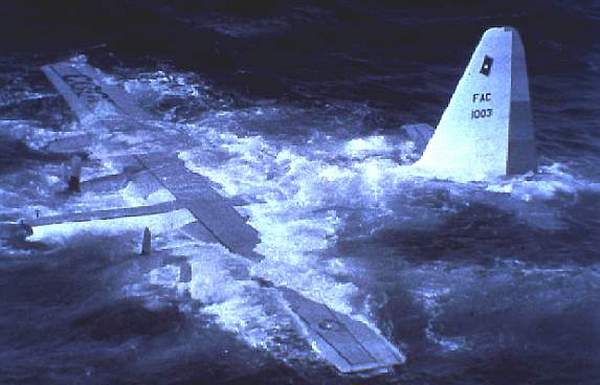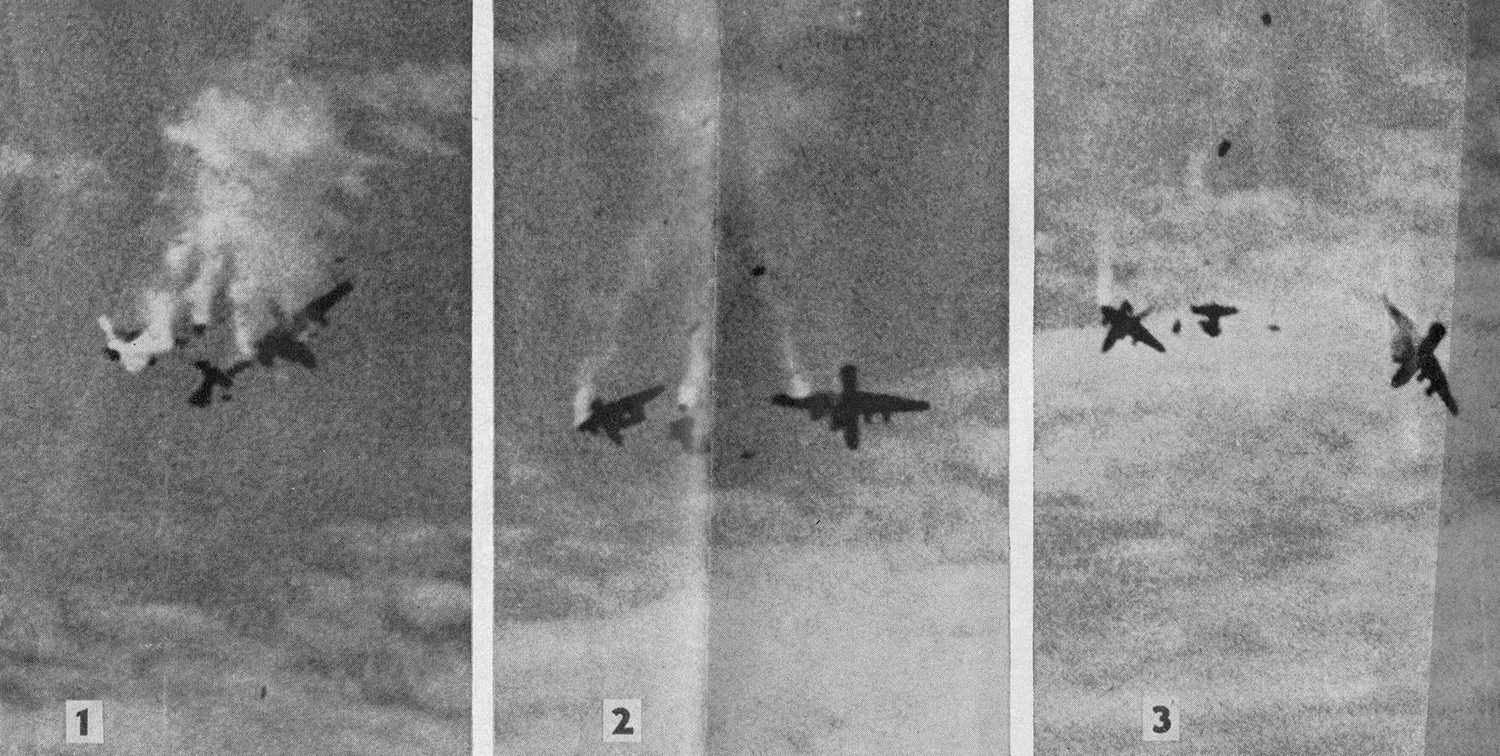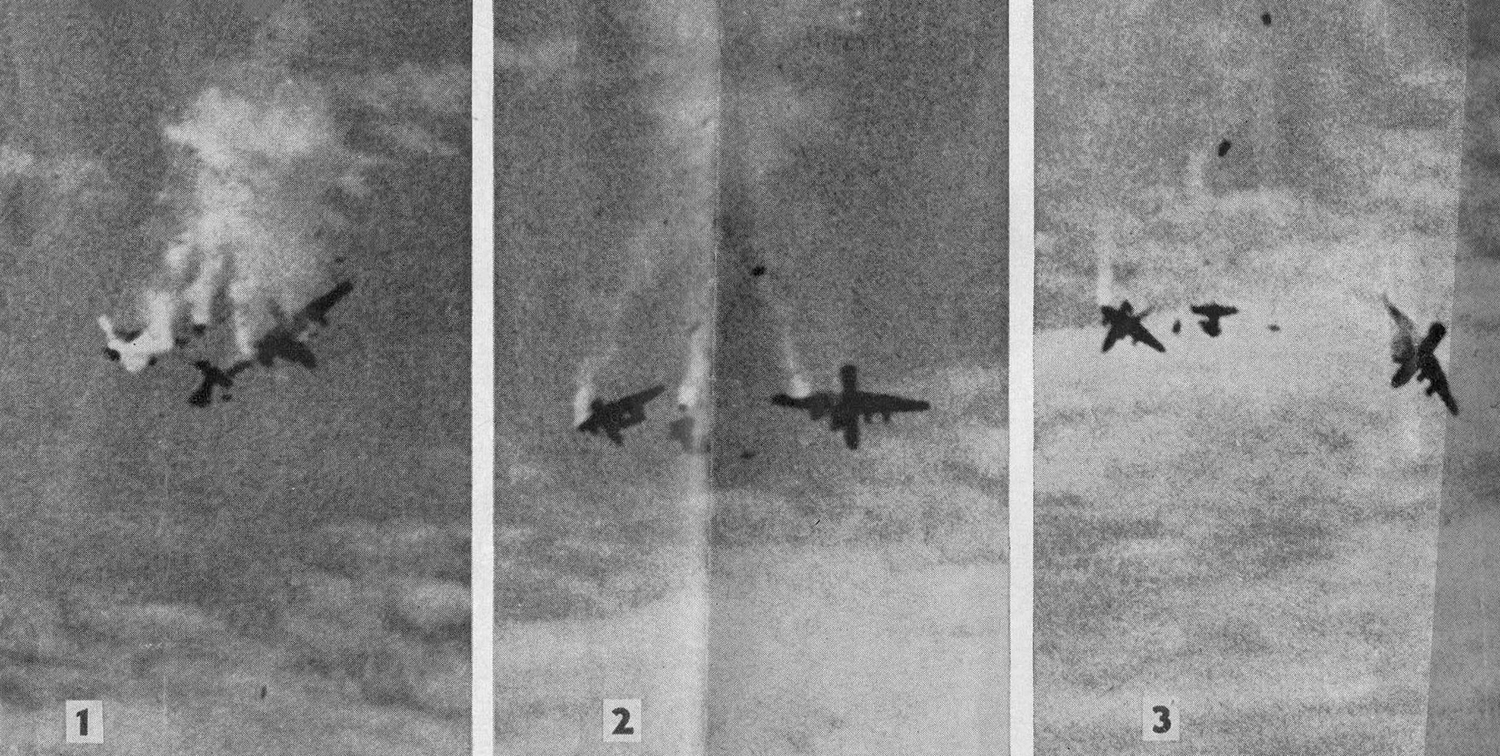Crash of a Lockheed C-130B Hercules in the Atlantic Ocean: 5 killed
Date & Time:
Oct 16, 1982 at 1430 LT
Registration:
FAC-1003
Survivors:
Yes
Schedule:
Madrid - Lajes - Hamilton - Bogotá
MSN:
3572
YOM:
1960
Crew on board:
4
Crew fatalities:
Pax on board:
9
Pax fatalities:
Other fatalities:
Total fatalities:
5
Circumstances:
The four engine airplane was completing a flight from Madrid to Bogotá with intermediate stops in Lajes (Azores Islands) and Hamilton, Bermuda. En route from Lajes to Hamilton, the navigation system failed and the crew became lost and disoriented. While cruising in strong head winds (up to 55 knots), the aircraft ran out of fuel and the crew was forced to ditch the aircraft about 330 km east of Cape May, New Jersey. The airplane remained afloat for about 56 hours before it sank and was lost. Eight occupants were rescued and evacuated while five others were killed.
Probable cause:
Failure of the navigation system in flight for unknown reasons. The crew got lost and disoriented and a forced landing was necessary after the airplane ran out of fuel due to an excessive fuel consumption caused by strong head winds (up to 55 knots)







